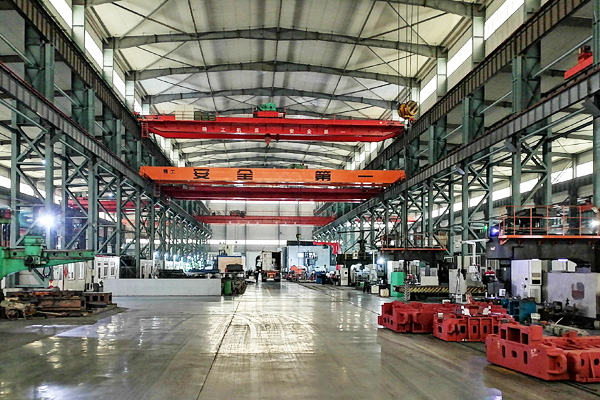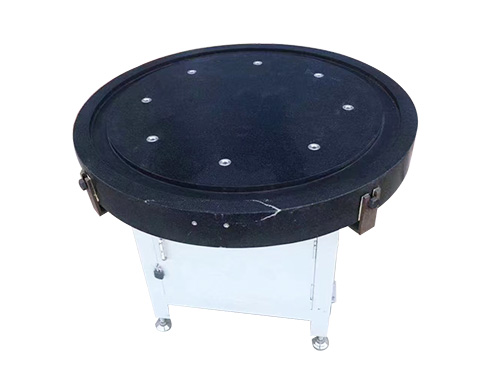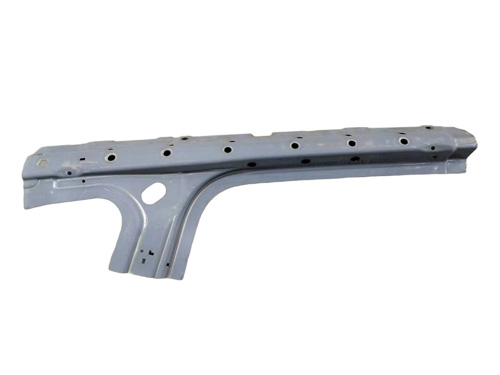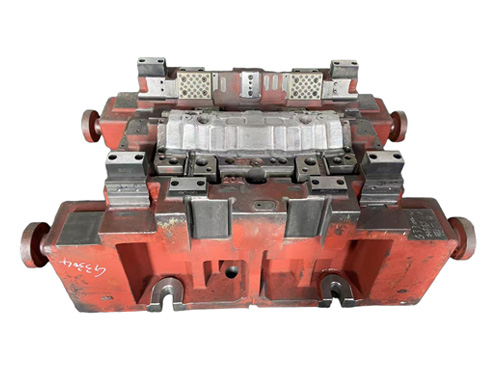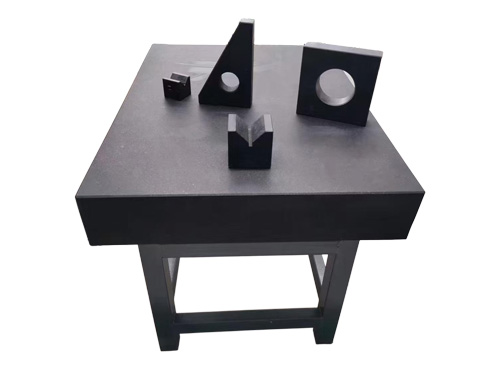News Detail
How to Maintain a Welding Workbench: Practical Maintenance Tips to Extend Equipment Lifespan
author:hxrtools Time:2025-06-09 07:32:15 Click:101
I. Introduction: The Importance of Maintaining a Welding Workbench
In welding operations, the welding workbench is a critical piece of equipment ensuring smooth production. During prolonged use, factors such as high temperatures, metal debris, and chemical corrosion can cause varying degrees of wear and tear on the workbench. Without effective maintenance, not only will the workbench's stability and precision be compromised, but welding quality may also decline, leading to frequent equipment failures, increased repair costs, and extended downtime. Mastering scientific maintenance techniques is crucial for extending the lifespan of welding table and enhancing welding operation efficiency and quality.
II. Daily Cleaning and Maintenance: Preserving Basic Workbench Performance
(A) Surface Cleaning Methods
After each welding operation, promptly clean the workbench surface to remove residual welding slag, metal debris, and welding spatters. Use a brush or vacuum cleaner to remove loose impurities. For stubborn stains, a dedicated cleaner and soft cloth can be employed. Avoid using sharp tools to scrape the workbench surface to prevent scratching the coating and compromising its rust-resistant and wear-resistant properties.
(B) Cleaning of Corners and Crevices
Corners, crevices, and connector areas of the workbench are prone to debris accumulation, requiring regular and focused cleaning. Use small cleaning tools to reach into the crevices and remove accumulated dust and debris, preventing impurities from affecting the operation of movable parts or being incorporated into welds during welding, thereby compromising welding quality.
III. Structural Component Maintenance: Ensuring Workbench Stability
(A) Frame Structure Inspection
Regularly inspect the frame structure of the welding workbench, checking for looseness, deformation, or cracks at various connection points. For bolted connections, use appropriate tools to tighten them, ensuring a secure connection. If structural deformation or cracks are found, promptly repair or reinforce them to prevent deterioration and affect the workbench's load-bearing capacity and stability.
(B) Adjustment Device Maintenance
For adjustable welding table, their height and angle adjustment devices are key maintenance focuses. Regularly lubricate hydraulic, pneumatic, or mechanical screw adjustment components to reduce friction and ensure smooth adjustment. Additionally, check the sealing of adjustment devices to prevent hydraulic oil leaks or gas escapes, which could affect the normal use of adjustment functions.
IV. Accessory and Functional System Maintenance
(A) Fixtures and Tool Storage Components
After using fixtures, tool slots, and other accessories on the welding workbench, promptly clean and reset them. Check the clamping performance of fixtures; if wear or looseness is observed, replace or adjust them promptly to ensure precise and reliable workpiece fixation. Avoid placing heavy or sharp objects in tool slots to prevent deformation or damage. Regularly clean debris from the slots to maintain convenient tool access.
(B) Power and Gas Connector Maintenance
For workbenches equipped with power sockets, gas connectors, and other functional components, regularly check the connection stability and insulation performance of the connectors. Clean dust and oxides from the connector surfaces to prevent poor contact or short circuits. For gas connectors, check the aging or damage of sealing components and replace them promptly to ensure stable gas supply and prevent leaks that could pose safety hazards.
V. Rust and Corrosion Prevention: Enhancing Workbench Durability
(A) Surface Coating Maintenance
The surface coating of welding table plays a crucial role in rust and corrosion prevention. If peeling or damage is found on the coating, promptly repair it. Use rust-resistant paint or protective coating matching the original coating for touch-up. Before applying the new coating, clean the damaged area thoroughly to ensure secure adhesion of the new coating, effectively isolating the workbench material from external corrosive substances.
(B) Environmental Protection Measures
Place the welding workbench in a dry, well-ventilated environment to avoid prolonged exposure to humid, corrosive gas, or high dust concentration areas. When necessary, use protective covers to shield the workbench, reducing environmental damage to the equipment and extending its lifespan.
VI. Regular Comprehensive Inspections: Preventing Problems Before They Occur
Develop a regular comprehensive inspection plan, recommending a deep inspection of the welding workbench every quarter or semi-annually. In addition to the maintenance items mentioned above, assess the overall performance of the workbench, such as testing load-bearing capacity, checking the flatness of the workbench surface, and calibrating the precision of adjustment devices. Promptly identify and repair potential issues to eliminate hidden faults before they escalate, ensuring the workbench remains in good operating condition.
VII. Operator Compliance and Training
(A) Compliance Requirements
Operators must strictly follow the welding workbench's user manual for operation, avoiding overloading or non-compliant operation. For example, do not place workpieces exceeding the workbench's load limit and do not use the workbench for tasks inconsistent with its design purpose to prevent irreversible damage to the equipment due to improper operation.
(B) Maintenance Knowledge Training
Enterprises should regularly train operators on welding workbench maintenance knowledge, enabling them to understand the equipment's structural principles, maintenance points, and common fault handling methods. Cultivate operators' equipment maintenance awareness and encourage them to promptly identify and report equipment abnormalities during daily work, fostering a positive atmosphere of full participation in equipment maintenance.
VIII. Conclusion: Scientific Maintenance Ensures Long-Term Equipment Operation
Maintaining a welding workbench is a systematic and continuous task encompassing daily cleaning, component maintenance, rust prevention, regular inspections, and operator compliance management. By mastering and implementing these practical maintenance tips, equipment wear and tear can be effectively reduced, enhancing the workbench's stability and reliability, thereby ensuring efficient and high-quality welding operations. In the current industrial production pursuit of cost reduction and efficiency enhancement, prioritizing welding workbench maintenance is a crucial measure for enterprises to maximize equipment value and enhance competitiveness.
 HOT PRODUCTS
HOT PRODUCTS
 CONTACT US
CONTACT US
—— E-mail:project@haoranmj.com
—— Whatsapp:+86 18932785670
—— Tel:+86 18932785670
—— Add:Across from Sanjing Distillery on Road 4, Botou Economic Development Zone, Cangzhou City, Hebei Province









